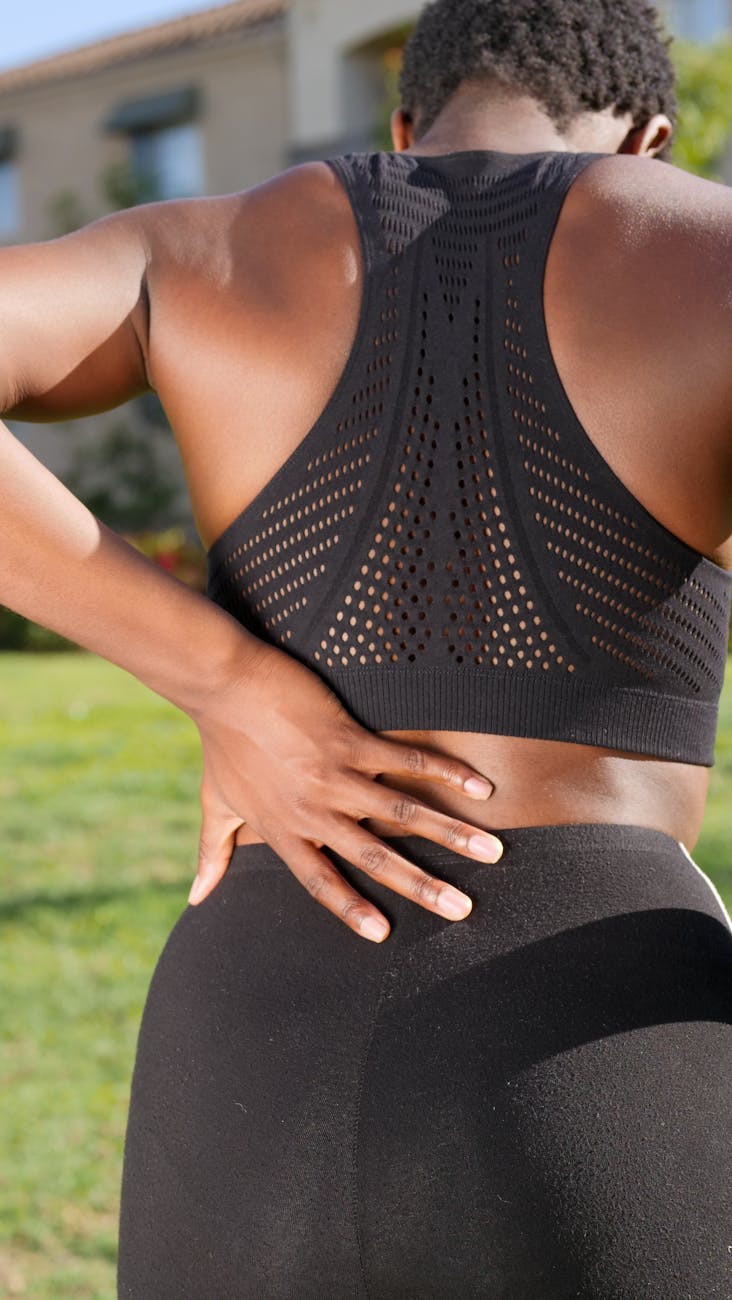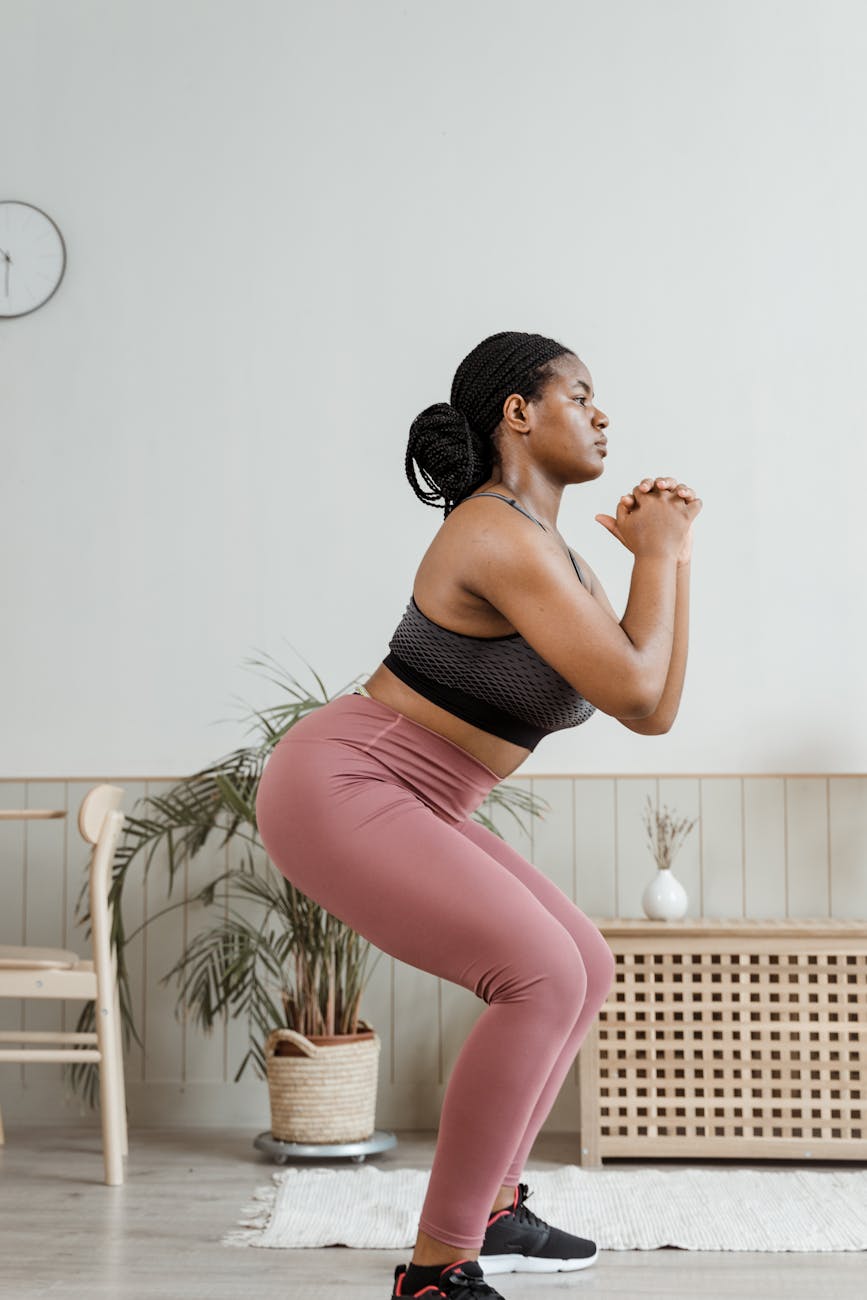As we explore different methods of taking care of our body and building out an exercise routine that works for us, it’s important to discuss how we can prevent injuries. An injury can set us back and severely delay our ability to get back into our exercise routines, decreasing motivation. Here are some tips to help you exercise safely and prevent injuries:
1. Always Warm-Up and Cool Down:
– You should always begin your workout with a proper warm-up session to prep your muscles, increase blood flow, and improve overall flexibility. Try dynamic stretches, light cardio, or mobility exercises to help prevent muscle strains and injuries. After your workout, develop a cool-down routine to lower your heart rate and stretch tight muscles.
2. Ensure Proper Form and Technique:
– It’s important to maintain proper form and technique while exercising to reduce the risk of strain, sprains, and overuse injuries. Pay extra attention to your posture, alignment, and movement patterns to ensure that you are performing your exercises properly. Don’t be afraid to consult a fitness professional to learn proper form for different exercises. For a more budget friendly option, you can find videos online as it relates to proper form.
3. Progress Gradually:
– I understand the determination to see results, but you must pace yourself! You should avoid overexertion and injuries by progressing gradually in your fitness routine. When you gradually increase the intensity, duration, or weight of your workouts, this allow your body to adapt and build strength over time. Always listen to your body and avoid pushing yourself beyond your limits too quickly.
4. Stay Hydrated and Eat Well:
– Proper hydration and nutrition are essential for your performance and injury prevention. Remember to stay hydrated before, during, and after workouts to prevent dehydration. Try to eat balanced meals and snacks that provide nutrients for energy and recovery.
5. Wear Appropriate Footwear and Clothing:
– Make sure you’re dressed properly. This means choose shoes that provide support, cushioning, and stability for your specific type of exercise. For clothing, you want to wear comfortable, moisture-wicking tops and pants that doesn’t restrict movements and reduces the risk of chafing or other discomfort.
6. Listen to Your Body:
– Remember to pay attention to your body’s signals and respect its limits during exercise. If you experience any pain, fatigue, or discomfort, you should stop the activity and seek medical attention as needed. Trying to push through pain or ignore warning signs can lead to further injury and setbacks in your fitness journey.
7. When to Seek Professional Guidance:
– Professional guidance from a fitness trainer, physical therapist, or healthcare provider can help you address specific concerns, modify exercises, and prevent injuries based on your unique needs.



